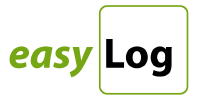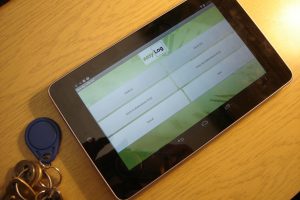When a CQC Inspector is auditing your care records one of the main things they’ll be looking for is to see that the recordings made in one are reflected in any other related documentation. So, for example, notes made on a carer’s shift that record a resident has been not eating to their usual pattern over the last couple of days or so, should be matched by evidence of a recent review of the ‘Eating and Drinking’ care plan. In this way written observations are closely linked to a reassessment of the required care interventions to ensure that the desired care outcomes remain achievable.
This of course describes basic good care and nursing practice but with the volume of care recording undertaken can it be guaranteed that this systematic review happens on every occasion?
A care plan is the central document that defines a service user’s care. Its on-going relationship is therefore not only linked to shift notes but with health assessments, risk assessments but prior to that with pre-assessments and social care (or life story) background information.
It is therefore pleasing to hear from our care-Log customers how the definable flexibility in the software is being used to ensure that each home’s unique and diverse documentation sets are being updated and reviewed as a complete entity. As Lesley Plumb from The Chestnuts care home in Meopham near Gravesend, Kent says, “At a CQC inspection, we were able to demonstrate how all the care we provided was both personalised and “in the round” – in other words, any problems raised were answered and explanations given, leaving no loose ends in relation to a resident’s care.“
And of course that’s a very reassuring position to be in before any CQC Inspection.
For more information about the functionality in care-Log and how it can be harnessed to benefit your care home or supported living care facility please contact us.

